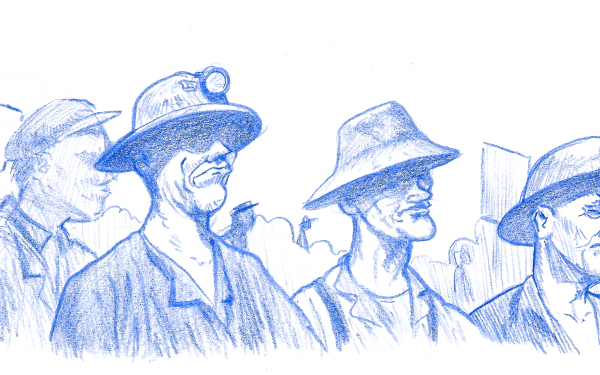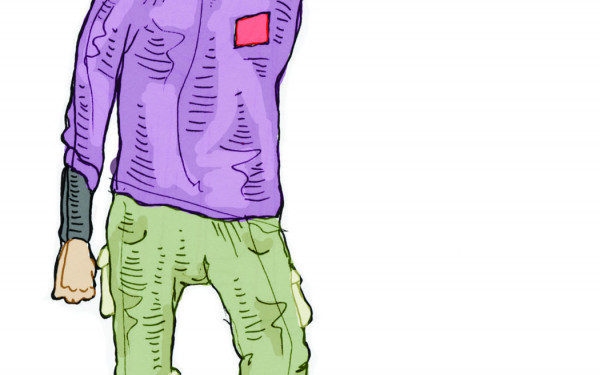Unifying Unions, Deconstructing Differences
The Connection Between Labour Unions and Student Associations
University labour unions and student associations stand to learn a lot from one another.
“Fostering solidarity between students and workers is extremely important as we face more and more challenges every single day,” said Jérémie Bédard-Wien, a spokesperson for the Association pour une solidarité syndicale étudiante, at a conference held at McGill on Saturday.
He went on, specifically pointing to new austerity measures imposed on working people and students by the Parti Québécois government.
Students and workers shouldn’t be dissociated from one another, said Francis Lagacé, vice-president of the Conseil central du Montréal métropolitain, part of the province-wide trade union federation Confédération des syndicats nationaux.
“The great majority of students work,” said Lagacé. “When we create a dichotomy between workers and students, it’s a bit of an artificial dichotomy.”
According to Lagacé, studies have shown that those employees under the age of 25—in other words, those who are often still in school—and those over the age of 55 face a similar challenge in the workplace: precarity.
These workers simply don’t have as much job security as others.
Lagacé also said educational workers face a particularly great amount of unpredictability in the workplace. Students and university employees could therefore be good allies.
But both Bédard-Wien and Lagacé noted that there are significant cultural differences between unions and student associations that could hamper collaboration.
Bédard-Wien said ASSÉ practices a more combative form of syndicalism—“syndicalisme de combat,” in French—which is rooted in grassroots membership and “is not afraid to use disruptive tactics to [achieve] its aims.”
This philosophy has at times put ASSÉ at odds with union activists.
“We have to understand how both the student movement and the union movement function in order to better foster a good relationship,” he said.
There are many things that student associations and labour unions can learn from each other, said Thomas Collombat, a lecturer on the topic of organized labour in Quebec and a professor in the Department of Social Science at the Université du Québec en Outaouais.
“What everybody saw and was impressed with, I believe, is the spontaneity and creativity of the student movement,” said Collombat.
“But that always came hand-in-hand with very disciplined democratic ethics.”
Student associations were able to mobilize quickly, but did so without some central authority like a union leadership determining the strategy.
“It was actually left to the various entities within the student movement to find their own ways of mobilizing,” he said. “So of course unions can learn from that in terms of renewing their repertoires of action and renewing their strategy.”
He said students demonstrated creativity by using social media effectively, taking to the streets for naked demonstrations and using mascots as symbols of the movement. Labour unions could take note of these tactics.
At the same time, student associations can learn from the history of labour as an organized social movement, Collombat said. In particular, student associations can take lessons from labour unions on the importance of unity, even as they strive for diversity in their membership.
“The major victories of organized labour were done in times of unity, when unions actually managed to be all together despite their differences and held their solidarity.”
He said that the student movement’s relative success last spring can be attributed to the unity that all of the student associations—ASSÉ, the Fédération étudiante universitaire du Québec and the Fédération étudiante collégiale du Québec—displayed when facing the provincial government.
Bédard-Wien said that unions have the power to bring about change and they should flex their muscles more to affect government policy.
“We have to see unions as a political vehicle,” said Bédard-Wien.
“We have to see unions as a place of gathering of people that can take political decisions and, especially, take political actions, not only on their workers’ conditions, not only to have a strike on salaries, but a strike on something else—a strike to strike at the heart of the state.”

_465_700_90.jpg)
_600_832_s.png)


(CamilTang)_600_375_90_s_c1.jpg)

